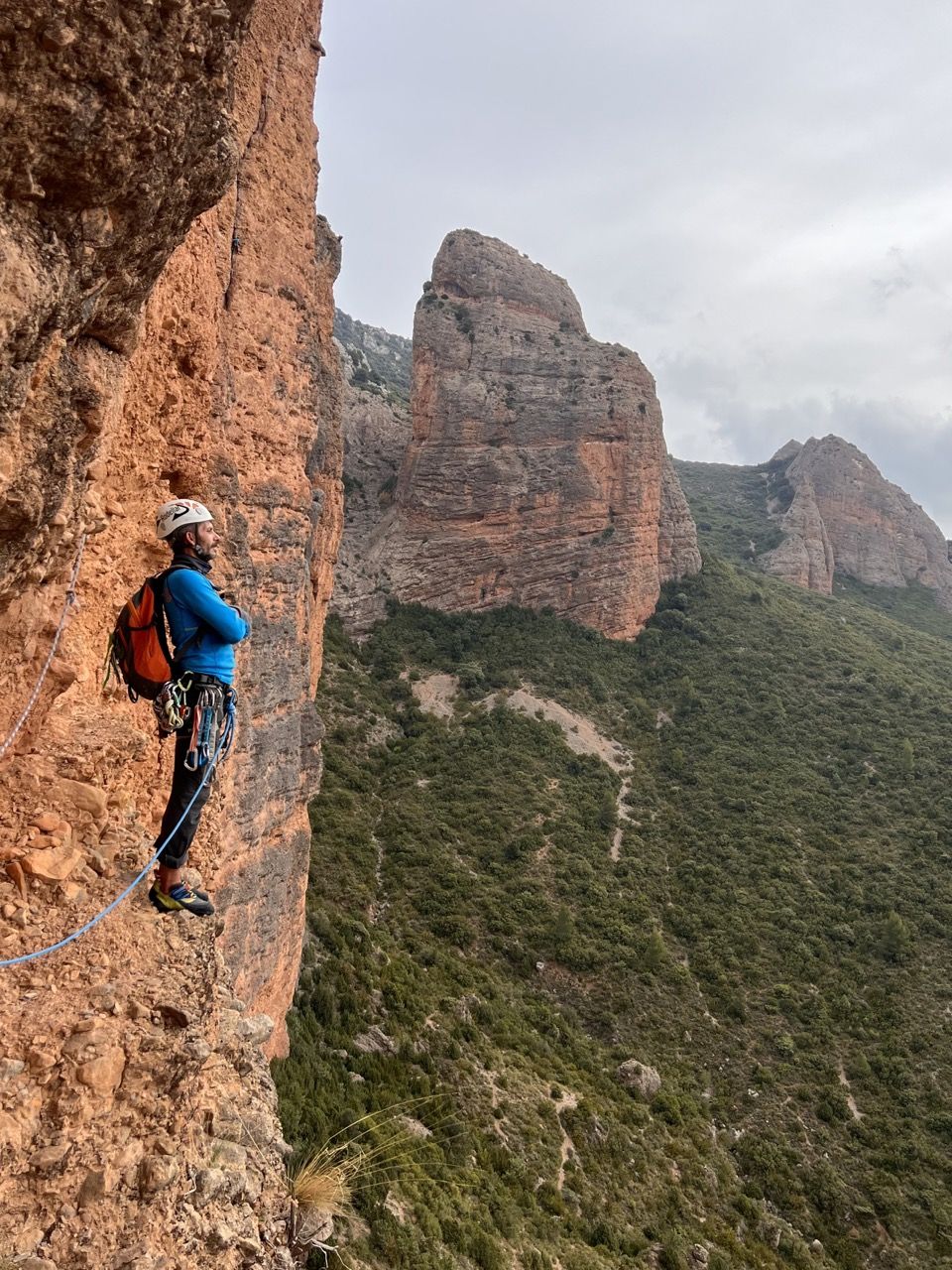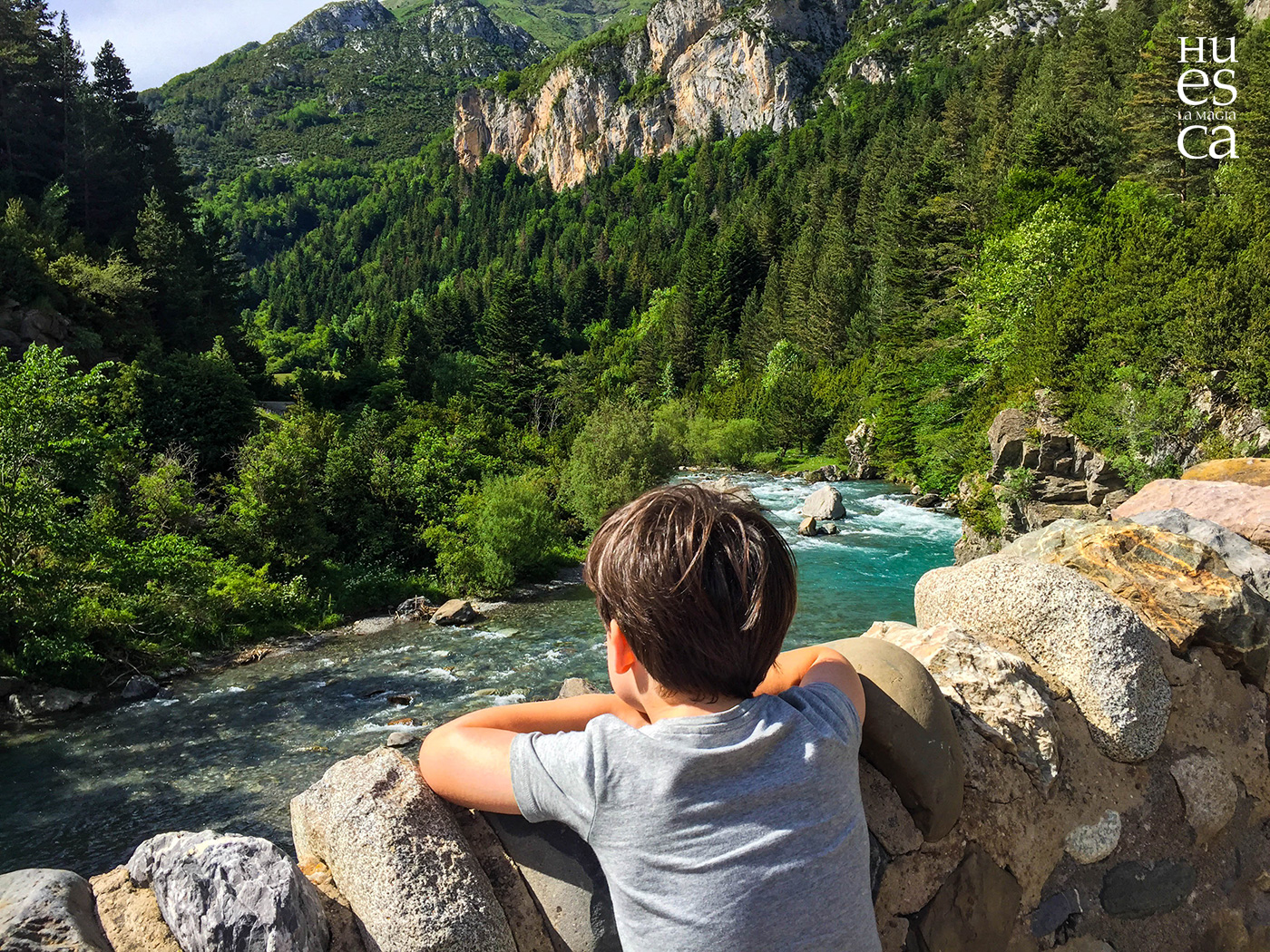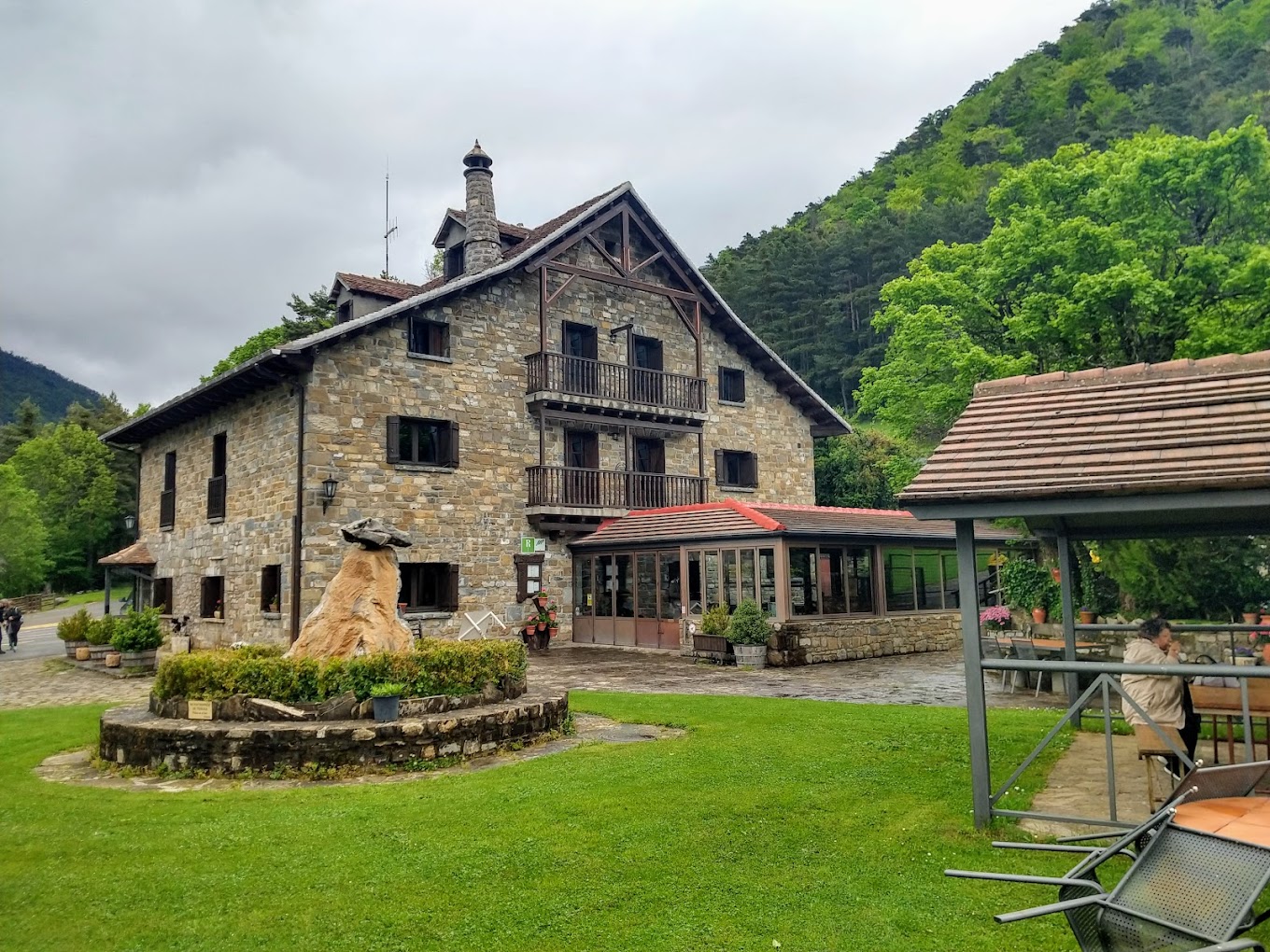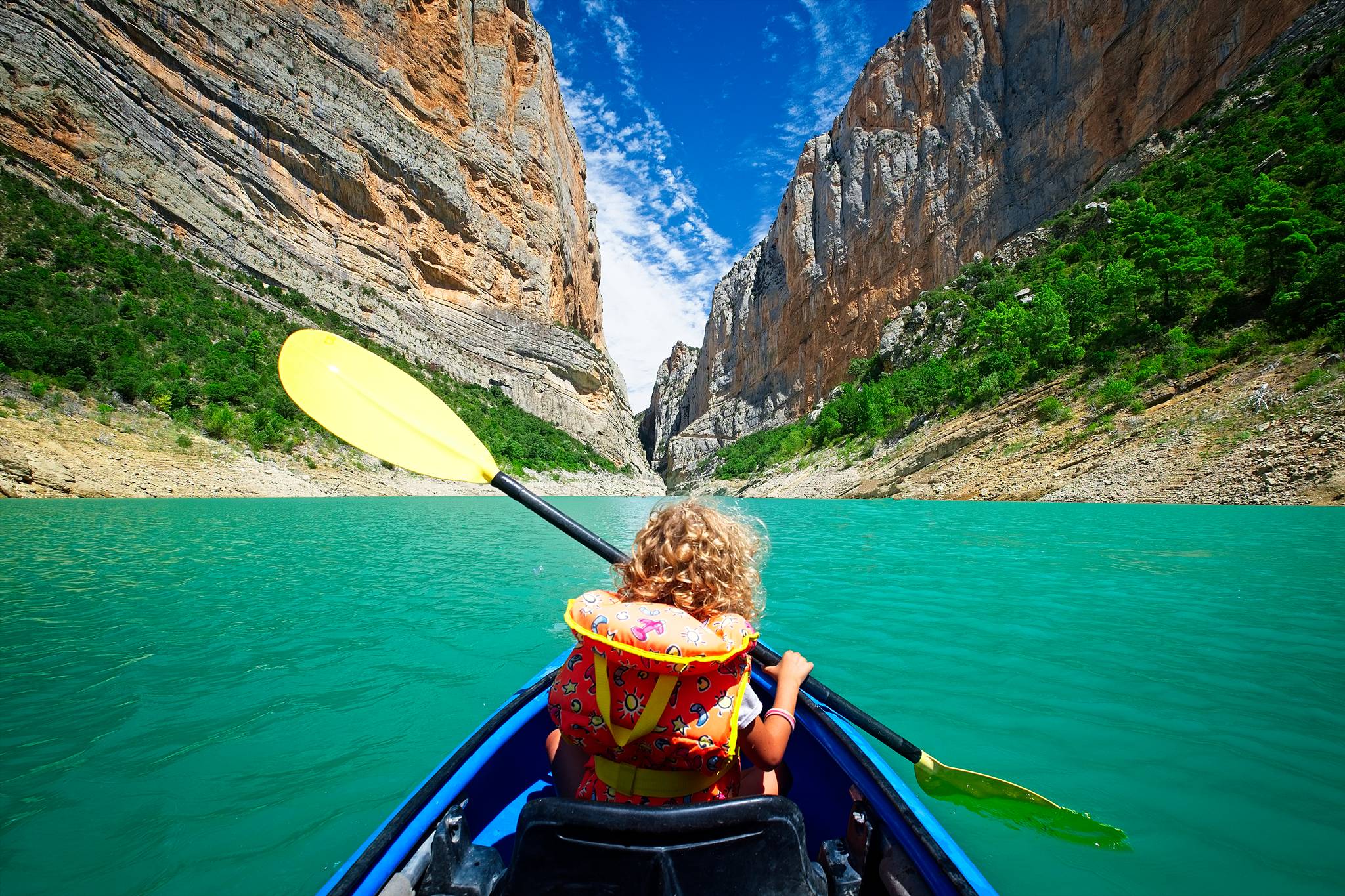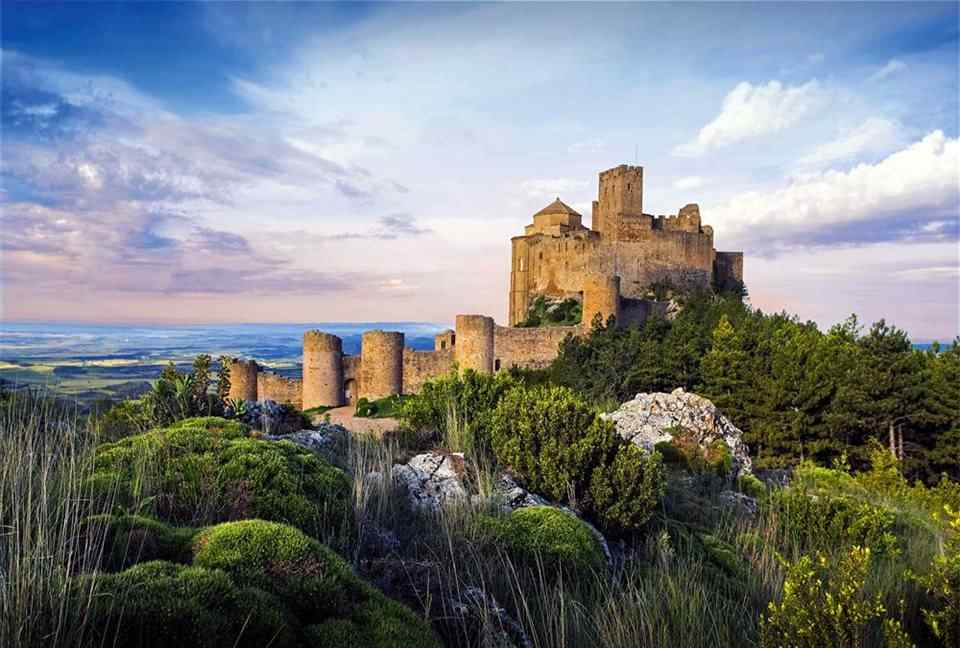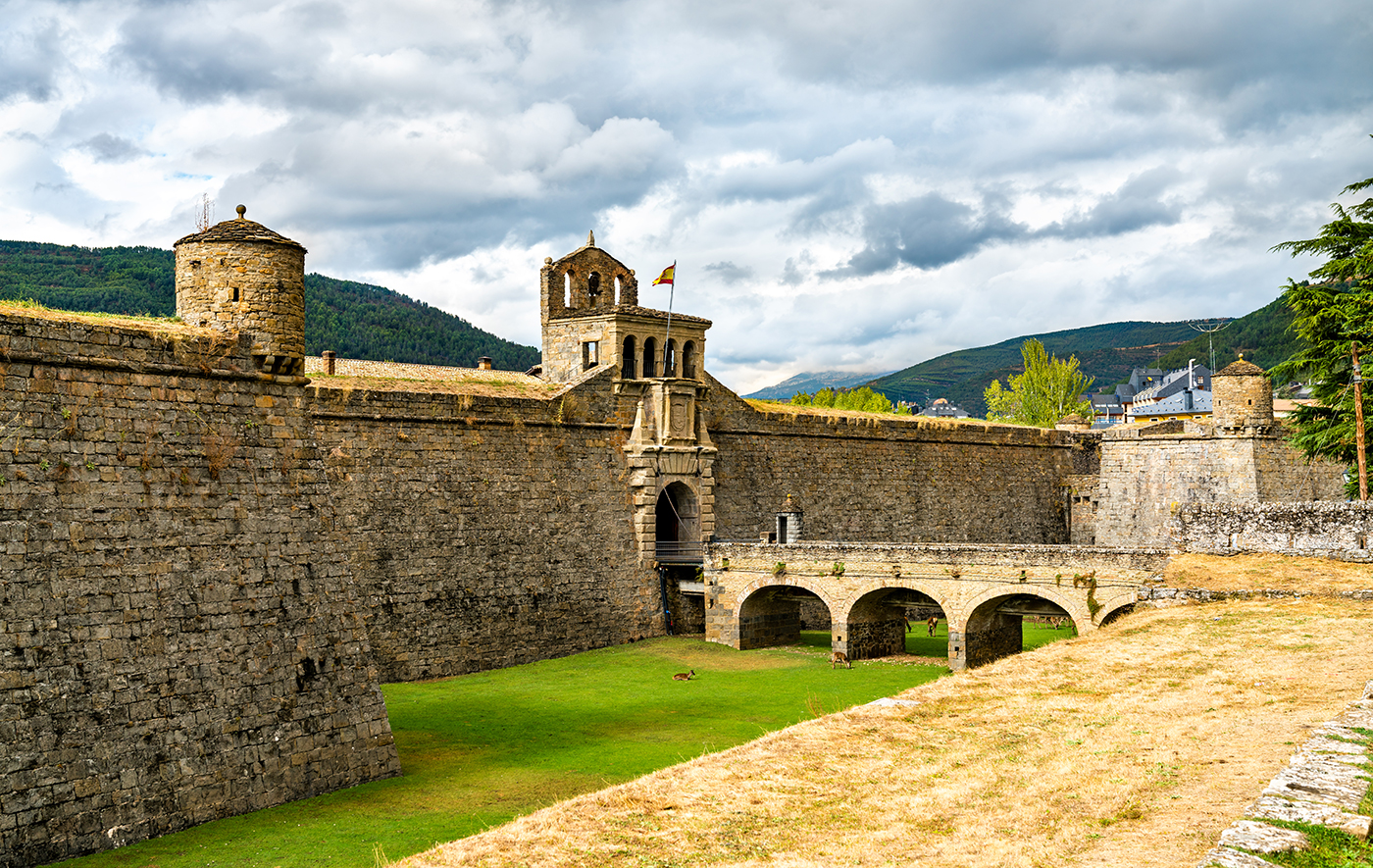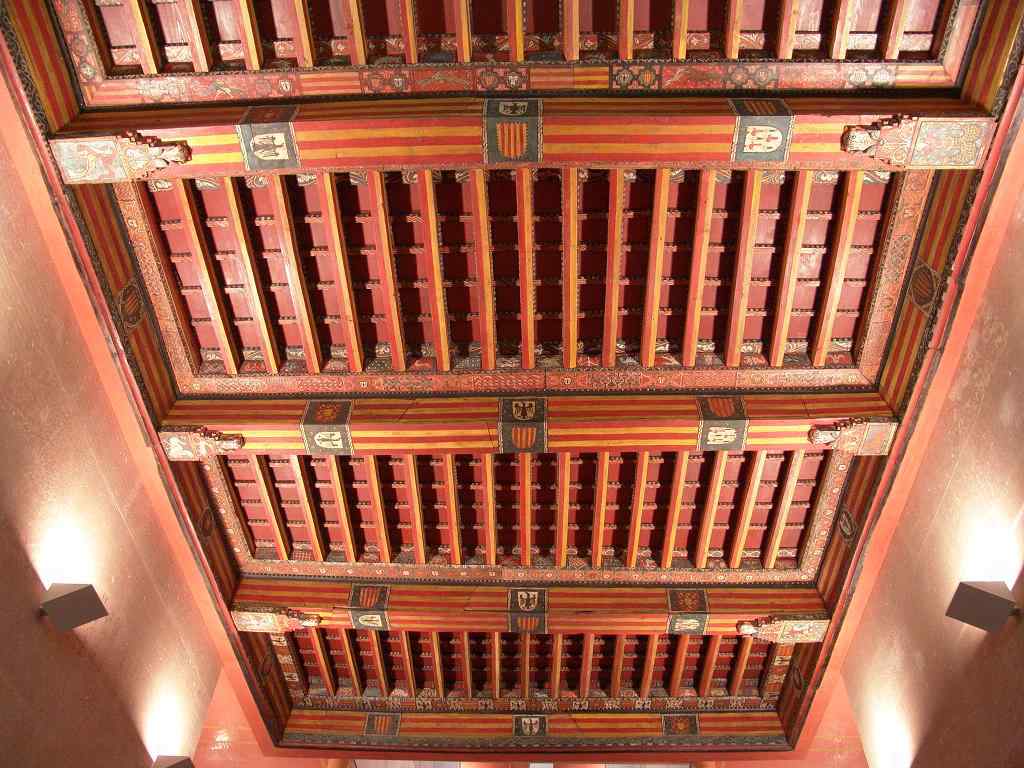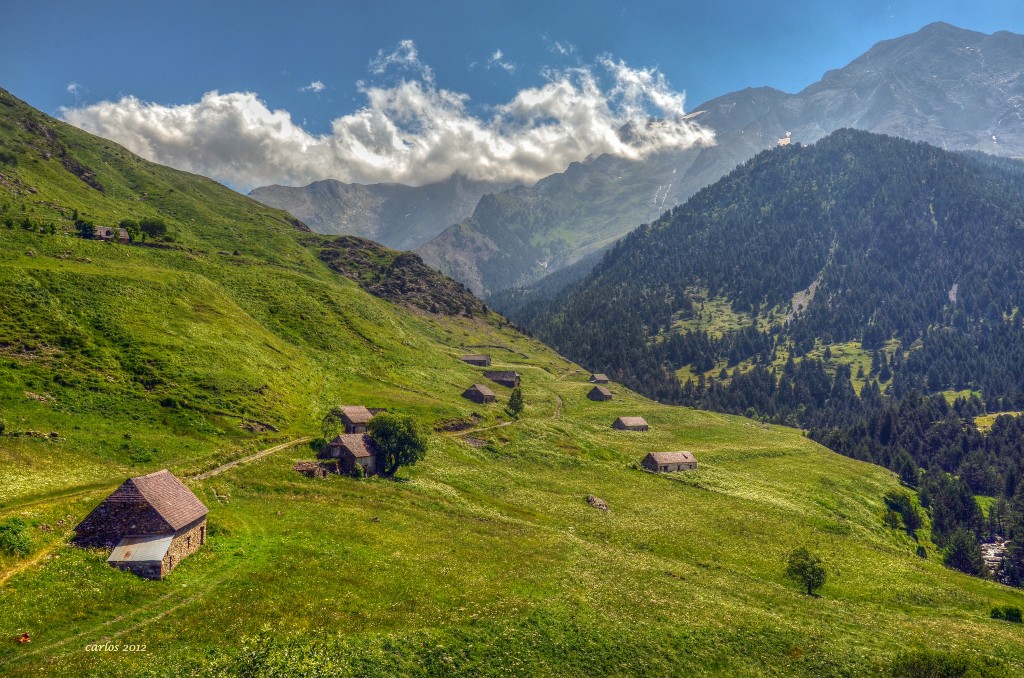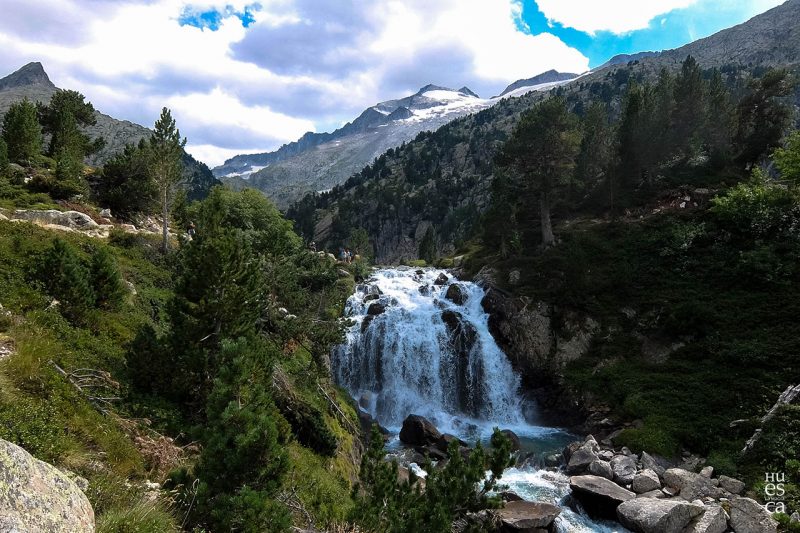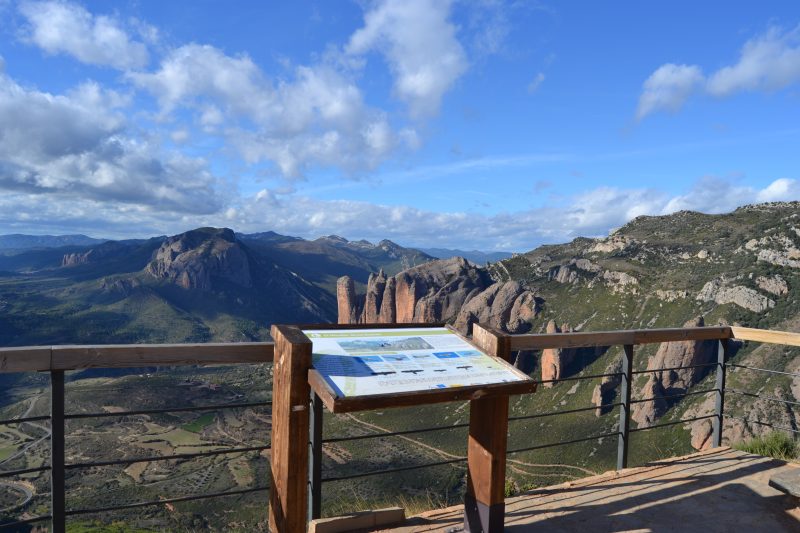10 magical corners that few know 😮💚 to get lost in Huesca this Holy Week
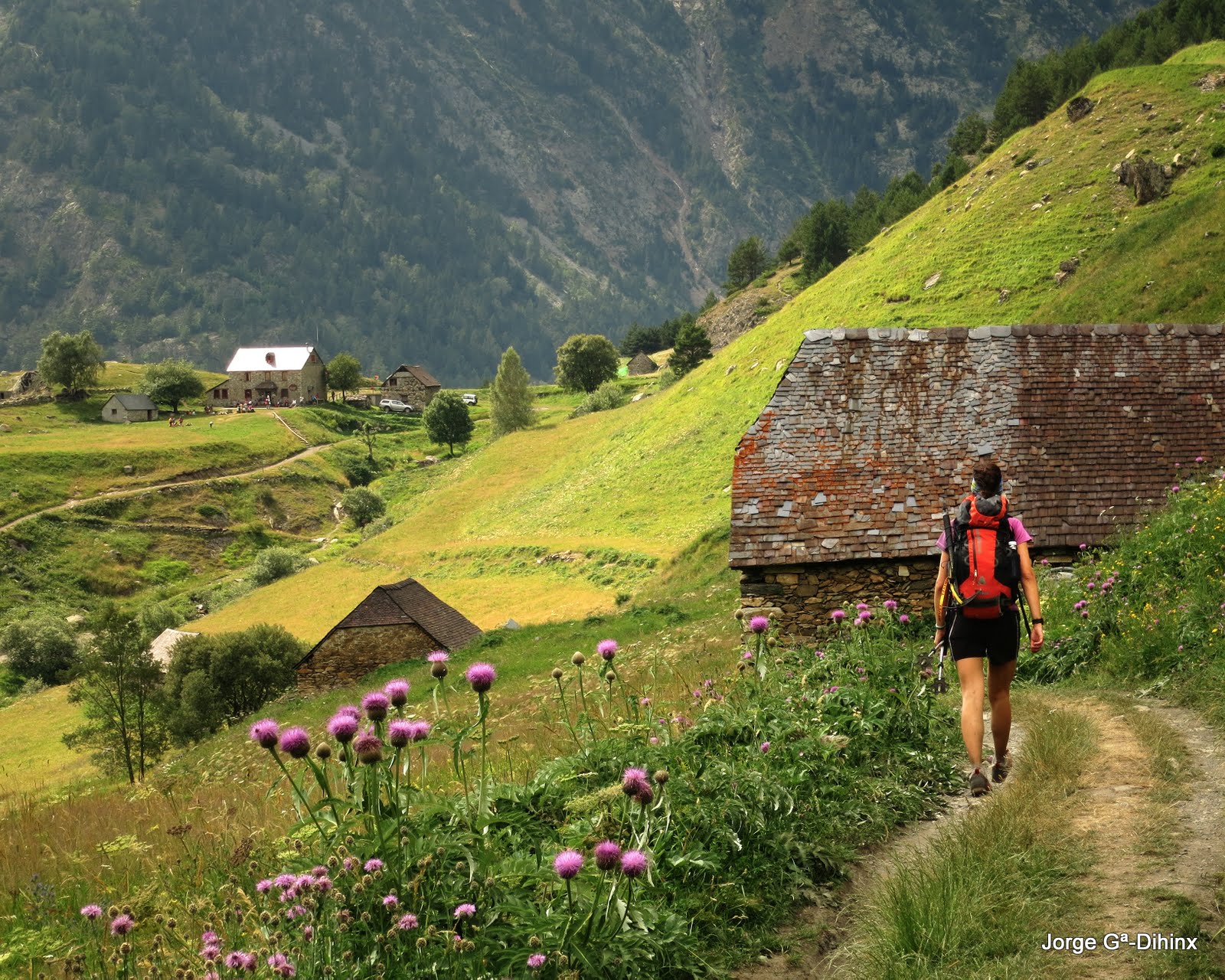
Huesca is full of magical corners that touch your soul when you discover them, today we bring you 10 corners that we recommend you to know this Easter and that we encourage you to tell us your experience when you know them 😊. Here they go:
1 – The cave of the Deer of Chimiachas, Rio Vero Cultural Park.
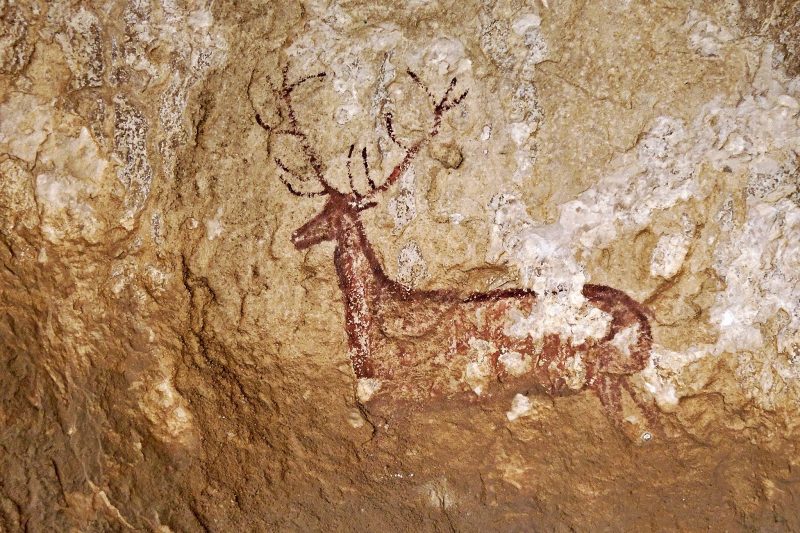
Descending to the ravine of Chimiachas. At the exit of the strait the path ascends to the cave of the Deer of Chimiachas, the most remarkable representation of rock art of the Vero basin.
2 – Ermita San Úrbez, in the Añisclo Canyon

The hermitage of San Úrbez nestled in the rock, its medieval bridge of the same name, beautiful waterfalls, viewpoints towards the wild canyon and
a fairytale environment that will make us not forget this beautiful excursion
through the National Park of Ordesa and Monte Perdido.
3 – Hermitages of Tella
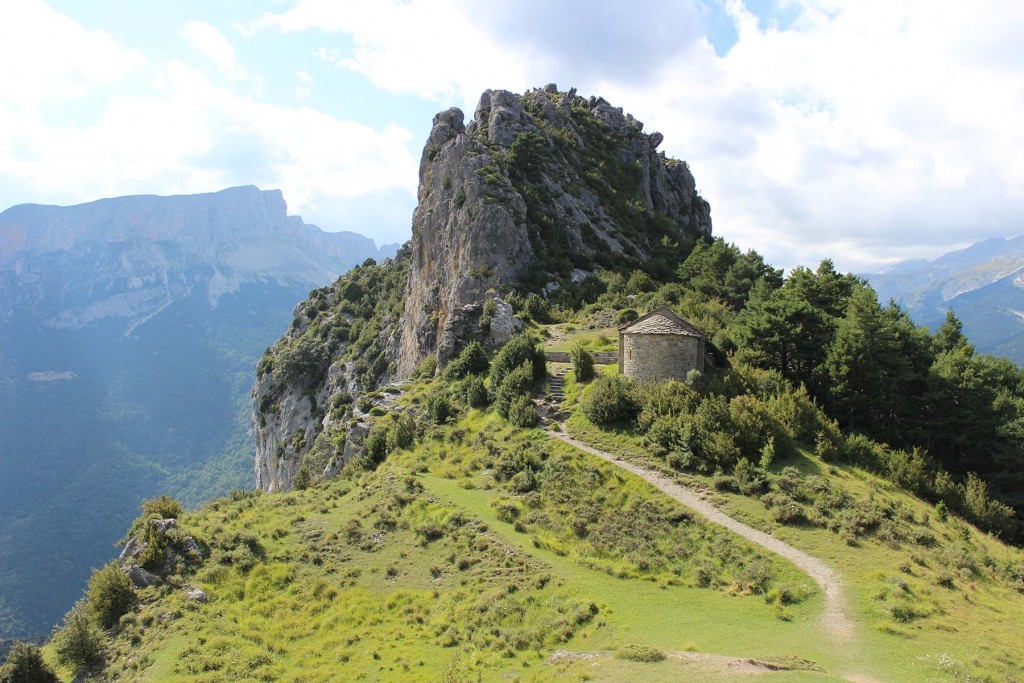
Tella is located in the Escuaín sector of the Ordesa National Park, and only the access road is a spectacle not suitable for those who have vertigo 🙂
In Tella the star activities are the Route of the Hermitages of Tella (very easy and beautiful especially for the environment in which they are, you will make some beautiful photos) and the other option is to visit the Cave of the Bear of Tella, (2 hours of adventure that start at the museum and a guide will take you to the cave and its impressive interior).
On the way back you can stop to take a picture of the Dolmen de Tella, you have it about 500m from the exit of the town.
4 – Bordas de Víados (Biadós), Bal de Chistau
The Bordas de Viados (Biadós) are located in the valley of Gistaín. The great magnitude of the valley together with its great peaks that surround it such as the Bachimala, the area of the Forquetas and the Eristes, make this place a landscape of incredible beauty.
5 – Miradores de San Juan de la Peña
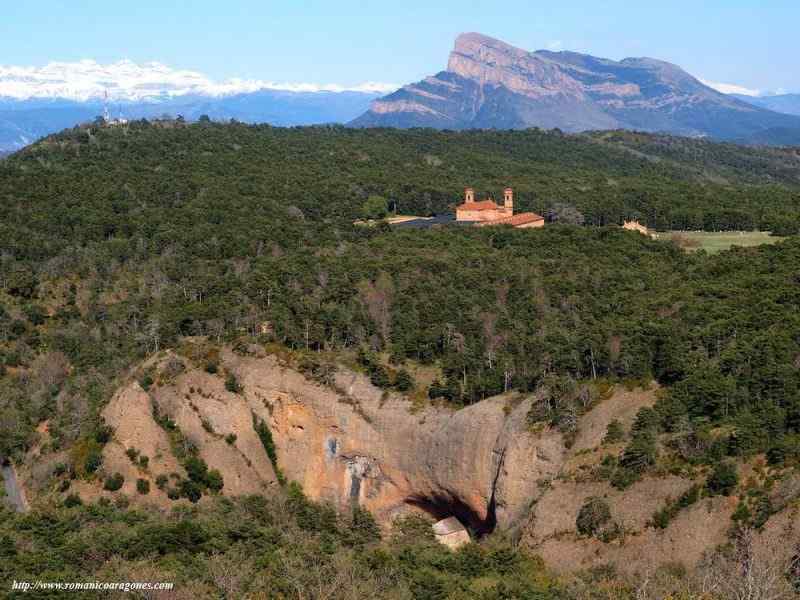
Located in a privileged position, the protected natural landscape of San Juan de la Peña, cradle of the kingdom of Aragon, hides a surprising ecosystem varied and full of life.
In its forests grow from beech and fir trees in shady areas; and the holm oak and the boxwood, in the sun. Among its extensive plant masses, and in the company of the 1,000 sounds of the birds that inhabit these places, we will discover old hermitages that merge with the environment and viewpoints with exceptional views that, as if they were large balconies, allows us to enjoy a unique panoramic view of the Pyrenees.
6 – Forau de Aiguallut, Benasque
It is one of the most beautiful, surprising and accessible places in the Pyrenees. The waters of the melting of the glaciers of Aneto, Barrancs and Tempestades converge to fall into this great waterfall and disappear into a sinkhole 70 m in diameter and 40 deep, to reappear 4 km later in the neighboring Aran Valley.
We are in the middle of the Posets-Maladeta Natural Park, at more than 2,000 m altitude, where the black pine coexists with the high grasslands, in the middle of landscapes carved by the glaciers of thousands of years ago. The trail runs along the northern slope of the Maladeta massif between the Pleta de Sarra and the Forau de Aiguallut, a sector known as La Ball.
7 – Fonz Fountain, Plaza Mayor
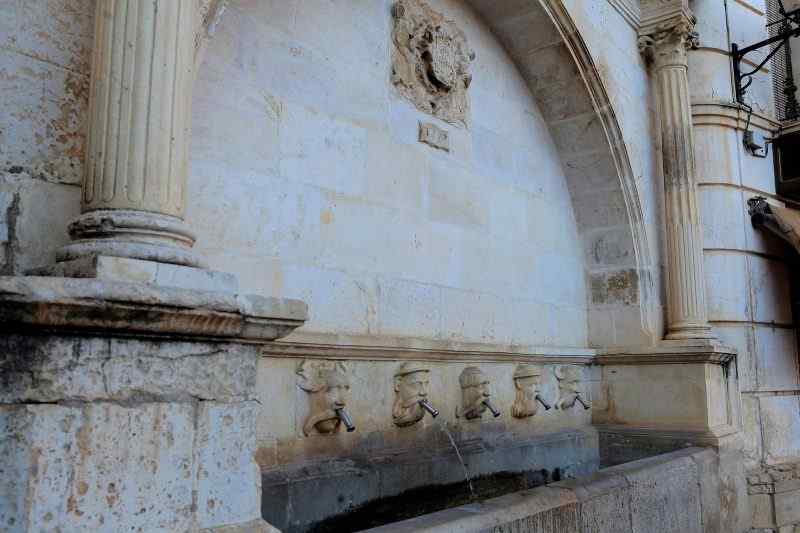
Renaissance town of 1,000 inhabitants with 10 palaces, more than 80 traditional houses, one of the most important Renaissance churches in Aragon and cradle of illustrious characters. www.fonz.es
Its name comes from the Latin Fontes which means Fountain. And it is that springs abound. The most outstanding is the fountain of the main square (Plaza declared a historical monument since 1976). This fountain of Fonz was built in 1567, is of classicist conception, and undoubtedly one of the most monumental in all of Aragon.
8 – Mirador de los Buitres, Sarsamarcuello
After crossing the town of Sarsamarcuello, a forest track starts from its northern end in perfect condition that leads to the viewpoint. From this ornithological hill you get magnificent panoramic views over the Mallos de Riglos.
9 – Salon Tanto Monta, Huesca.
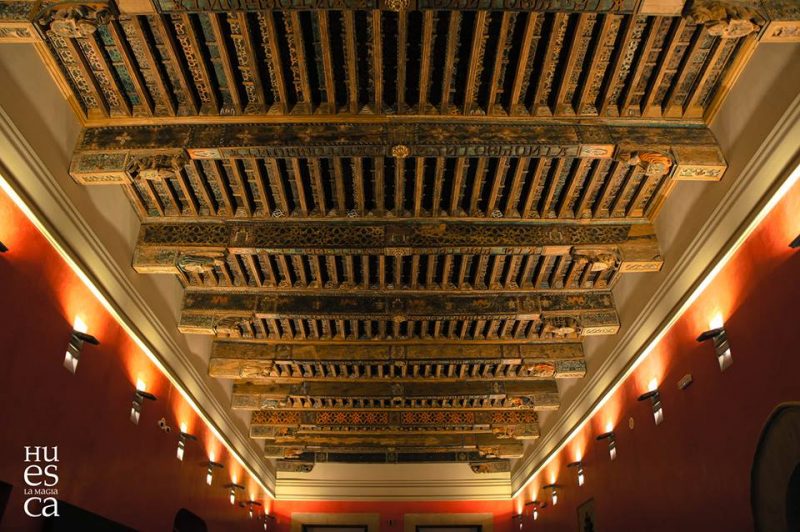
We have no words to describe the beauty of this historic room recently restored, it is a spectacle its Alfarje, the exhibition of Cantorales that it hosts and the outdoor corner where it is unknown to most of the people of Huesca.
You can visit it until March 31, 2018, from Tuesday to Saturday from 5:30 p.m. to 7:30 p.m., and on Sundays from 11:30 a.m. to 1:30 p.m.; in the Cathedral of Huesca, entering through Palacio Street.
10 – Cascada del Chorro
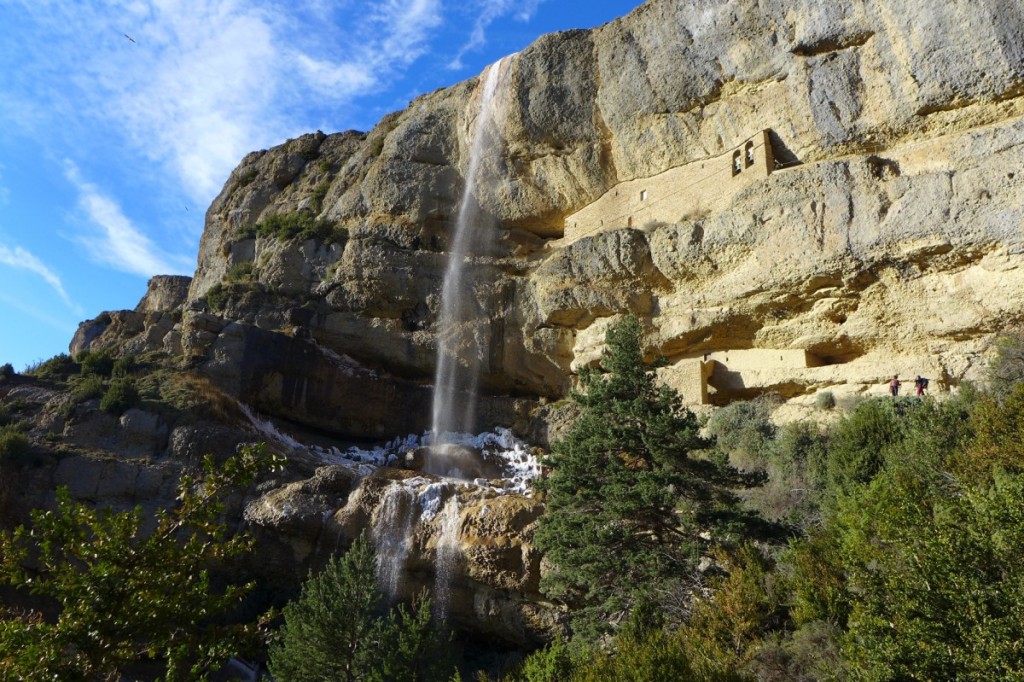
Route in which the surprising number of hermitages that we are going to find stands out as well as the magnificent views during the ascent of the Basa Valley, although without a doubt the most spectacular place of the whole route is the set of cave hermitages of San Cornelio and La Cueva, which they are literally wedged between large stone walls, on which the waters of the Barranco de Santa Orosia precipitate from a great height forming an impressive waterfall known as El Chorro.
To get there, about 100 meters after passing the town of Yebra de Basa we find a signposted detour to the right towards the Caves of Santa Orosia.
With all this variety of places, there are no excuses not to enjoy Huesca this Easter!
In our app you have all these places to get there by car, walking, etc. from your location 📲 Download it here 👉 http://onelink.to/j5nub8 👈


